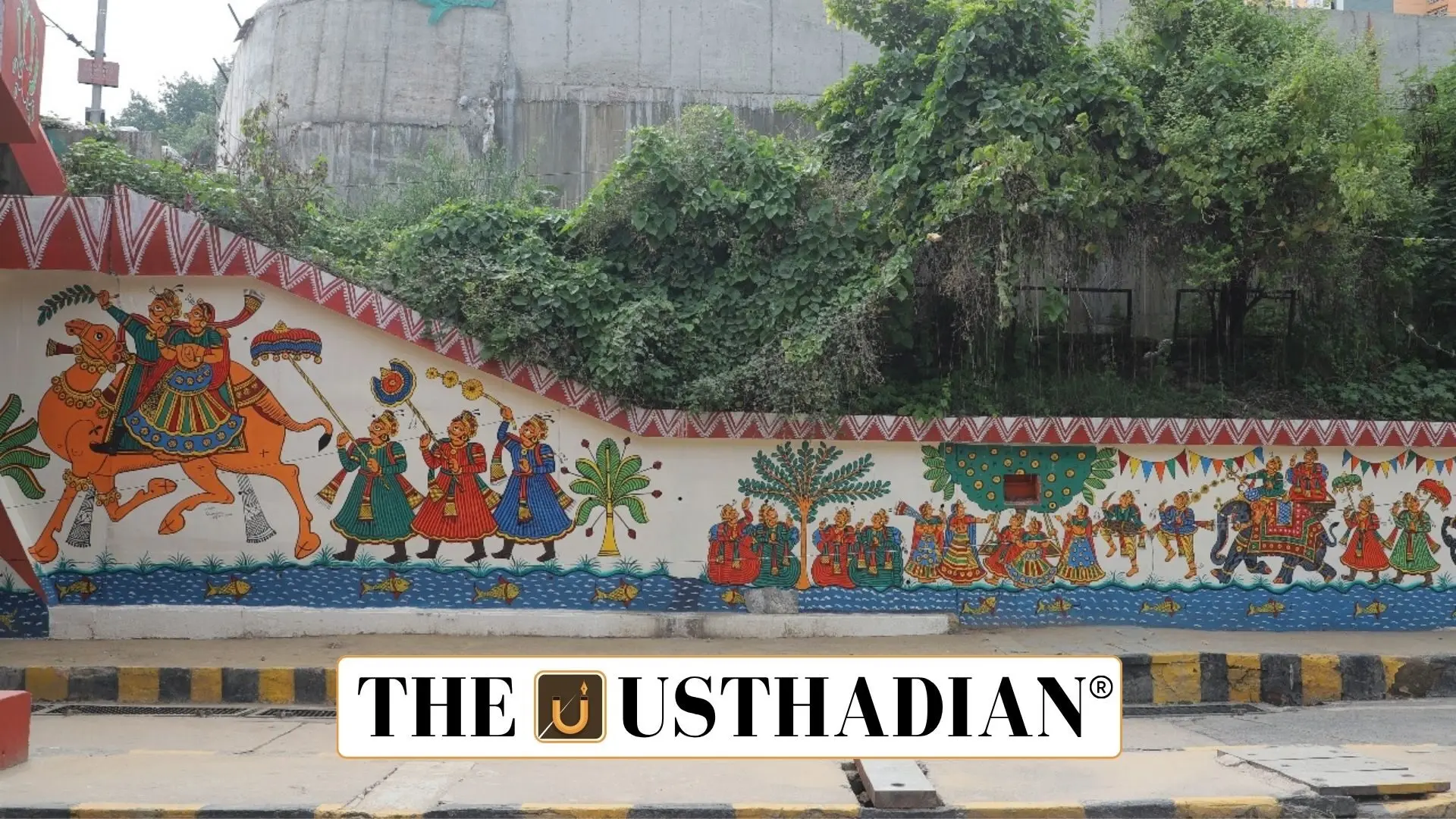Transforming Urban Spaces with Art
Project PARI, launched by the Ministry of Culture in collaboration with Lalit Kala Akademi (LKA) and the National Gallery of Modern Arts (NGMA), is a flagship initiative aimed at revitalizing public spaces through the integration of regional art. Designed to promote India’s diverse artistic traditions, the project transforms Delhi’s infrastructure into open-air galleries showcasing cultural expressions and visual storytelling.
Preserving Artistic Installations
Under Project PARI, the government has implemented comprehensive preservation and restoration protocols to protect public artworks from environmental and structural damage. This includes regular inspections, conservation planning, and expert restoration to ensure these installations remain intact for future generations and continue serving as symbols of India’s cultural pride.
Celebrating Indigenous Art Forms
Project PARI: Revitalizing Public Spaces Through Art: The initiative highlights traditional Indian art styles such as Phad, Thangka, Gond, and Warli paintings, representing the country’s regional and tribal artistic wealth. Over 200 artists have contributed to creating unique installations, converting areas like Mehram Nagar, Africa Avenue, and ITO Skywalk into interactive art corridors that reflect India’s pluralistic identity.
Engaging the Public Digitally and Visually
To boost engagement, Project PARI integrates QR code-enabled digital interfaces, allowing passersby to learn about the meaning, artist background, and cultural origins of each piece. This digital accessibility ensures art education reaches a broader audience, while the strategic placement of works in high-traffic public zones fosters daily interaction with India’s living heritage.
National and Global Cultural Vision
First implemented in Delhi during the 46th Session of the World Heritage Committee, Project PARI is envisioned as a model for national replication. It aims to promote India’s cultural soft power globally by celebrating regional diversity through accessible and immersive public art rooted in heritage, tradition, and innovation.
STATIC GK SNAPSHOT
Project PARI: Revitalizing Public Spaces Through Art:
| Aspect | Details |
| Project Name | PARI (Public Art of India) |
| Executing Agencies | Ministry of Culture, LKA, NGMA |
| Objective | Revitalize public spaces using regional art forms |
| Major Locations | Mehram Nagar, Africa Avenue, ITO Skywalk (Delhi) |
| Launch Context | 46th Session of World Heritage Committee |
| Featured Art Forms | Phad, Thangka, Gond, Warli |
| Number of Artists | 200+ contributing artists |
| Digital Integration | QR codes for digital access to information |
| Preservation Approach | Regular inspections, restoration, environmental protection |
| Future Vision | Expansion to other Indian cities; promote cultural diplomacy through art |








